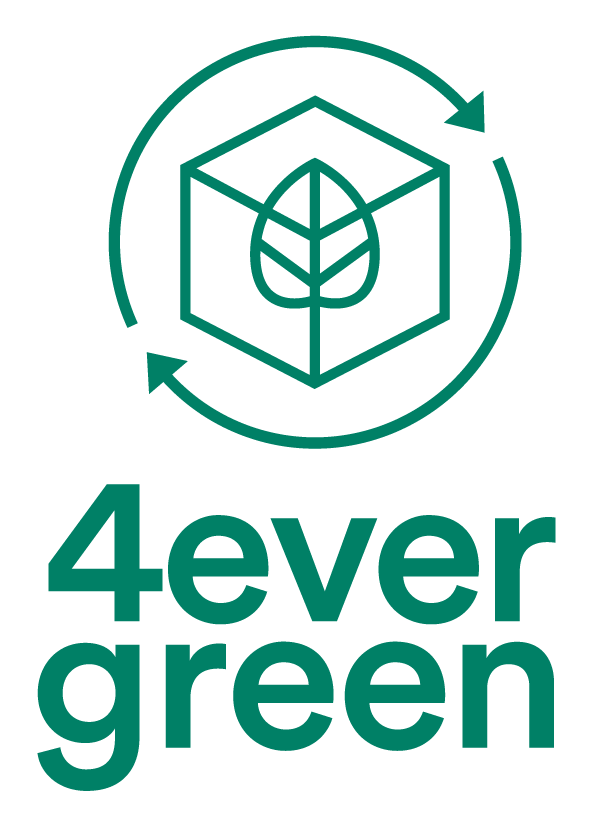The European Green Deal envisages a transformative change, focused on the circular economy, but the transition from linear consumption to circularity is a complex challenge. Among the various possible paths to achieve these objectives, fibre-based packaging, from paper cups to cardboard boxes, certainly offers a convincing example of a solution that balances sustainability and functionality.
Fibre-based packaging is not a hypothetical idea or a future innovation, but a proven model of sustainable materials that, with a recycling rate of 83.2% in Europe, exceeds most other packaging materials. Its renewable origins, ease of recyclability and compatibility with existing recycling systems make it a cornerstone of the circular economy. However, its potential remains underutilised. Fragmented collection and recycling systems in all EU Member States create inefficiencies and make fibre-based materials less effective than they could be in contributing to realising the environmental and economic benefits of the material.
Fibre-based packaging is an example of how sustainable materials can align with circular economy objectives without sacrificing convenience or quality
Progress in fibre-based packaging requires a collective effort between industries, policymakers and waste management sectors. In this direction, the 4evergreen alliance is part of the cross-sectoral comparison with the representative associations of the fibre-based packaging industries and with the stakeholders of the EU circular economy, which proposes to achieve a 90% recycling rate for fibre-based packaging by 2030. It is clear that collaboration is essential, especially to address technical challenges, such as the development of packaging that meets complex needs, for example food safety or high strength. It is also needed to encourage greater investment in research and development to unlock solutions that benefit all actors in the value chain.
In this scenario, while industrial innovation drives change, politics must help define a common direction for a coherent and simplified approach to recycling and packaging across the EU, necessary to achieve greater environmental and economic benefits. This highlights the importance of European standardisation of waste collection and recycling systems, of upgrading recycling facilities to close the loop on fibre-based packaging and of supporting packaging design in line with recyclability standards to ensure that products placed on the market contribute to circularity objectives.
The transition to circular practices is promising not only for the environment but also for economic growth. Jobs in recycling, sustainable production and related sectors could strengthen local economies and reduce dependence on imported resources. This change offers the possibility to support the regions most vulnerable to climate change, while promoting broader economic resilience.
Fibre-based packaging is an example of how sustainable materials can align with circular economy objectives without sacrificing convenience or quality. Its success could inspire further innovation and encourage a broader rethinking of how resources are produced, consumed and reused.
Realising the full potential of fibre-based packaging will require joint efforts, but working together can drive significant steps towards a circular economy in which fibre-based packaging can be an important part of the system.
4evergreen is a cross-industry alliance of over 100 members representing the entire lifecycle of fibre-based packaging – from forests to producers, designers, brand owners and recyclers. Together they share expertise to develop tools and guidelines for an even more sustainable sector. The goal is to reach a 90% recycling rate for fibre-based packaging by 2030. To learn more visit https://4evergreenforum.eu/

Sign up to The Parliament's weekly newsletter
Every Friday our editorial team goes behind the headlines to offer insight and analysis on the key stories driving the EU agenda. Subscribe for free here.